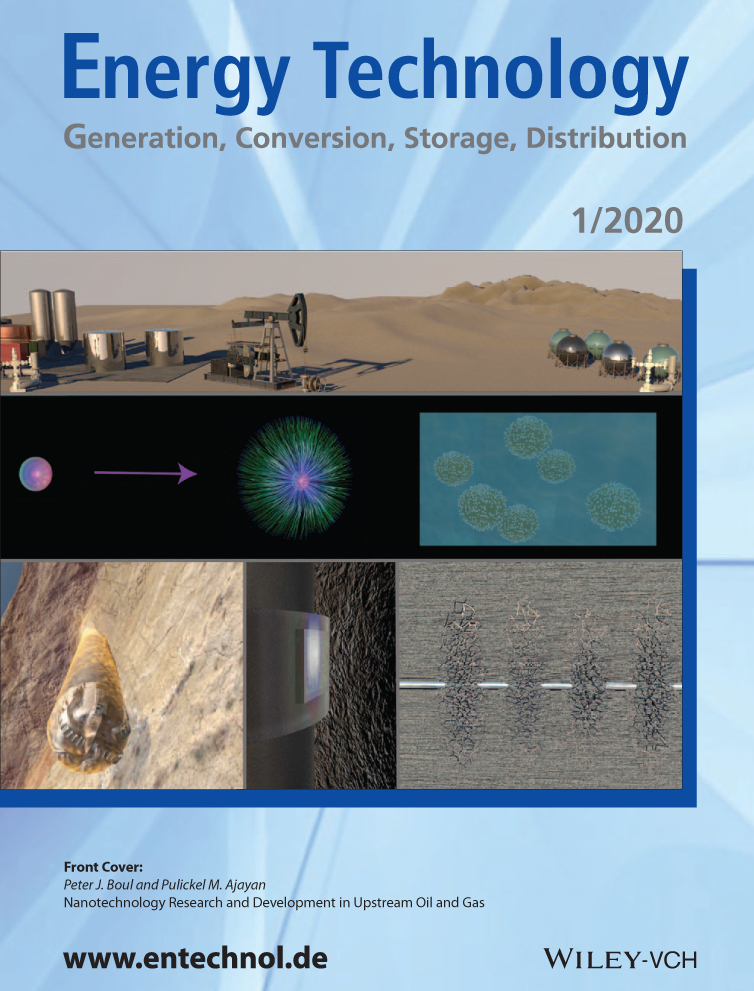Coating of Rh/Mg/Al Hydrotalcite-Like Materials on FeCrAl Fibers by Electrodeposition and Application for Syngas Production
Abstract
Metallic fibers are promising supports to develop structured catalysts due to their high thermal stability, mechanical strength and geometrical surface area. However, such a high surface area is usually associated with small individual fibers and tiny pores, leading to pore blockage during coating process. Herein, electrodeposition is investigated as a simple way to deposit Rh/Mg/Al hydrotalcite-like materials on FeCrAl fibers. Several trials are performed to optimize the synthesis conditions in the electro-base generation method, using nitrates as precursors, focusing on total metal nitrate concentration and synthesis time. Combinations of both parameters are screened to find a balance between coating quality and loading. A low electrolyte concentration (e.g., <0.06 m) requires longer synthesis time to obtain an appropriate loading without pore blockage, whereas a high concentration (e.g., 0.10 m) may cause the deposition of undesired Rh0 particles. Tailoring the solid loading and decreasing the cracks in electrodeposited samples results in a quite stable coating during a further thermal treatment step to transform hydrotalcite-like compounds into oxide- and spinel-based catalysts. All tested catalysts are active in the catalytic partial oxidation of methane at gas hourly space velocity (GHSV) of 351 000 h−1, although their catalytic activities significantly depend on the coating properties.
Conflict of Interest
The authors declare no conflict of interest.




